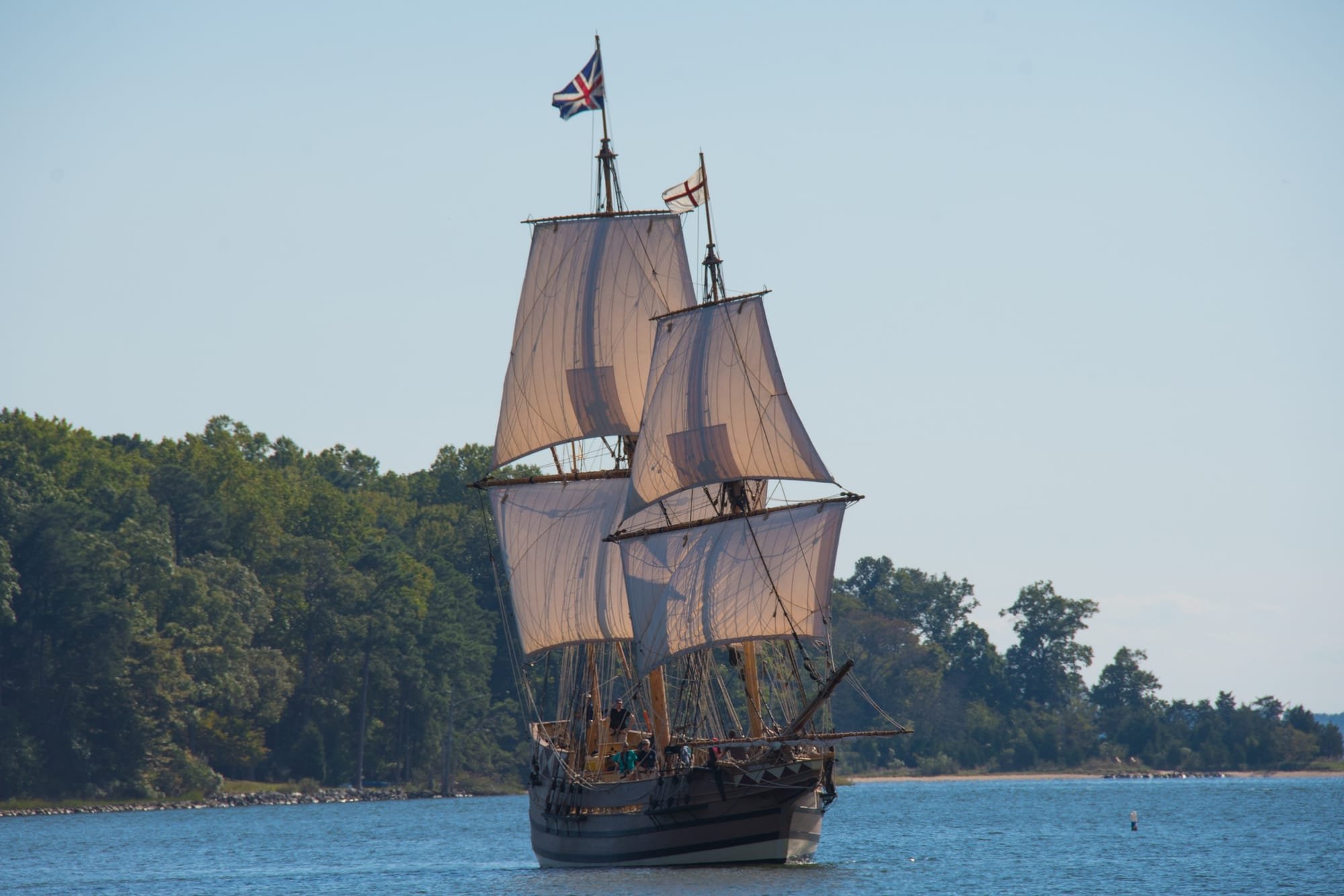Lesson Learnt: South Seas Bubble 1720

The South Seas Bubble of 1720 was one of the most infamous financial crises in history. It was a period of speculative investment in the South Seas Company, which had been granted a monopoly on trade with Spanish colonies in the New World by the British government. This period saw investors flocking to buy shares in the company, driving prices up to dizzying heights. However, when the bubble finally burst, many lost everything, including their livelihoods, and the ramifications of this crisis were felt for decades.
The South Seas Company was established in 1711, with the aim of securing exclusive trading rights with the Spanish colonies in the New World. The company's directors, including Sir John Blunt and Robert Harley, managed to secure a deal with the Spanish government, which granted them the exclusive right to supply slaves to the Spanish colonies. This was a highly lucrative venture, as the demand for slaves was high, and the South Seas Company soon became the talk of the town.
The company's success attracted many investors, including the wealthy and influential. People were drawn to the company's promises of high returns, and shares in the company were snapped up. The company's directors also engaged in aggressive marketing tactics, creating a sense of urgency among investors and driving up demand for shares.
As a result, the company's share price skyrocketed, reaching unprecedented heights. By the end of 1719, the share price had risen from £128 to over £1,000. This frenzy of buying and selling was not based on any solid economic fundamentals, but was instead driven by speculation and greed. People were investing in the company without any real understanding of its operations or the risks involved.
The bubble eventually burst in 1720, when the South Seas Company was unable to meet its obligations to investors. This triggered a panic, and investors began to sell their shares, causing the share price to plummet. By the end of September, the share price had fallen to £175, wiping out the savings of many people and causing widespread financial ruin.
The South Seas Bubble had far-reaching consequences. It exposed the dangers of speculative investment, and highlighted the need for proper regulation and oversight of financial markets. The crisis also led to a loss of confidence in the government and the financial system, and this was felt for many years to come.
The lessons we can learn from the South Seas Bubble are still relevant today. It is important to recognize the dangers of speculative investment and to invest only in companies with a proven track record and sound financial fundamentals. Investors should also be wary of aggressive marketing tactics and promises of high returns, and should do their due diligence before making any investment decisions.
Moreover, governments and regulators have a crucial role to play in ensuring that financial markets are transparent and properly regulated. Regulations should be put in place to prevent market abuses and to ensure that investors are protected from fraudulent or unethical practices.
In conclusion, the South Seas Bubble of 1720 was a cautionary tale of the dangers of speculative investment and the importance of proper regulation and oversight of financial markets. Its lessons remain relevant today, and it is up to us to learn from this historical event and to take steps to prevent similar crises from occurring in the future.